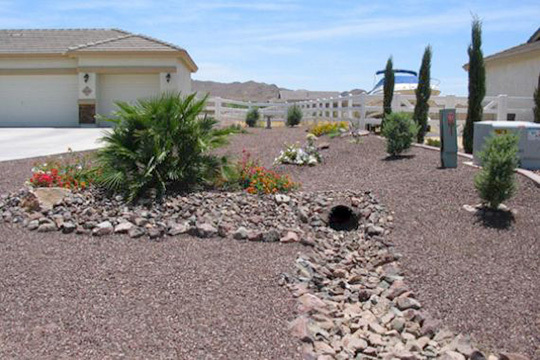Sub-soil trench drain problems are common and require regular maintenance to keep them in good shape. You don’t need fancy deep hole digging equipment to complete the job. In fact, most of the time, you only need a simple cable cutter and plumb line to take care of the problem. Before calling a contractor, read on to learn more about trench drain problems and the best solutions to them.
Sometimes, homeowners try to fix their own sub-soil trench drains by using tools that they probably have lying around in their garage or house. These tools can be quite useful, but there is a better way. A trench drain service company can not only perform proper maintenance of your drainage system but also give you the best solutions for any problems. Instead of wasting your time and money trying to fix the problem yourself, why not just call a professional?
There are two common types of trench drains, passive and active. The passive kind contains an area of ground drains like a pipe or a hole with no outlet. For this problem, the only logical solution is to enlarge the opening and create a wider water path. This, however, may not be possible if the root system of the soil is too damaged. For this kind of drainage problem, calling Basement Waterproofing companies is necessary.
In case of an active problem, one possibility is excavating the area and installing new drain pipes. The main problem with this solution is the cost involved. Aside from the cost, you also have to remove the existing trench drains and dispose of the debris. This may not be a big problem if the roots of the tree are simply replaced by rocks or soil. If the tree is a mature one, however, the removal and replacement may be more complicated.
Another possible solution is to excavate the entire trench and replace the existing pipe. This technique is not recommended when dealing with older concrete or soil. A damaged trench drain can cause a lot of water to get inside the basement while the roots of the tree may obstruct the pipe. Dealing with a sub-soil installation may be tricky and may require more time and effort than other options.
Sub-soil trench repairs should be done as soon as possible. If you find a clog in your sewer line or your main sewer line, then it is important to repair it right away to prevent serious flooding. After detecting the clog, if necessary, get down to the level of your basement and check for the source of the blockage.
If you cannot find the source of the blockage, then determine where the obstruction is placed on your sub-soil. This will help you decide whether you need to remove a portion of the trench drain or fix the main water supply pipe. After you have located the water obstruction, remove it carefully and set aside the old clog. Then, use your excavation equipment to carefully remove the roots of the tree and soil so that it can easily be removed from your drainage system. Once the roots are removed, you can place the new trench drain in its place.
When installing a new trench drain, make sure that the water will go under your house first. Otherwise, excess water may end up in your basement. The roots of the tree may prevent the water from going into the basement when it is being redirected to the main drain. It may also stop the water from flowing out when it is redirected to a floor drain.


